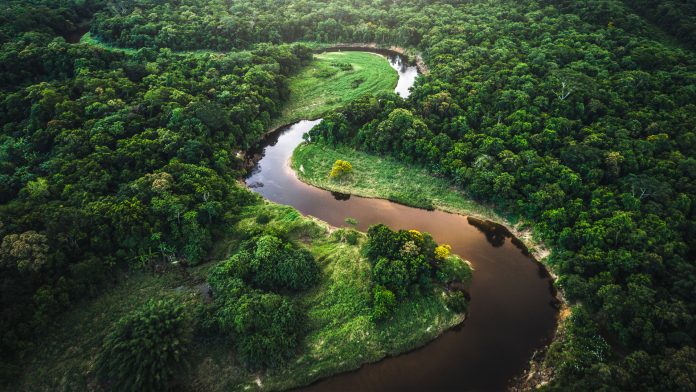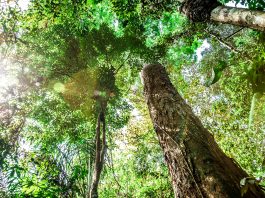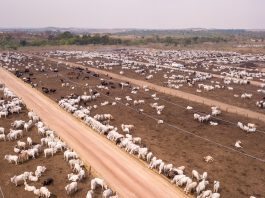A team of international scientists has developed an innovative tracking system that can monitor and mitigate dangers posed to tropical rainforests worldwide.
The revolutionary system, called the Tropical Rainforest Index (TFVI), was first conceived at the National Geographic headquarters in Washington, D.C., as a team of climate experts looked to devise a novel solution to one of the most eminent challenges facing humanity, protecting our tropical rainforests.
The team identified the necessity for a global tracking system that can accurately pinpoint and analyse trends that can help to combat land degradation and promote conservation in tropical rainforests. Their resulting creation – TFVI – provides an accurate baseline for the entire planet’s tropical rainforests, enabling the scientists to locate, examine, and combat potential threats facing them.
The research, funded by the National Geographic and the Rolex Perpetual Planet Initiative, is published in the scientific journal One Earth.
The importance of tropical rainforests
Tropical rainforests are a crucial, powerful, and natural solution in fighting the effects of climate change, fulfilling a range of vital processes, including capturing carbon, regulating global temperatures, and conducting water filtration. Around 6% of the Earth is covered by tropical rainforests; however, a range of human-made causes is severely impacting their survival, gradually making them an endangered species.
It is estimated that around 17% of the Amazon rainforest has been destroyed over the last 50 years, with the rate of its eradication increasing annually. Large-scale land-use changes, such as agricultural expansion, logging, and mining, cause damage to the soil, making it challenging for tropical rainforests to regenerate, turning biodiversity havens into endangered habitats.
Tropical Rainforest Index
To combat their destruction, TFVI delivers an outline of long-term observations of tropical rainforests, which began in 1982, which allows scientists to predict future trends in rainforest loss, enabling them to create prevention strategies. The team employed advanced satellite measurements to examine the climate and vegetation of each of the Earth’s tropical regions, with the results signifying that tropical rainforests are losing their ability to cycle carbon and water.
Rodrigo Vargas, a professor of ecosystem ecology and environmental change at the University of Delaware, said: “Through this new index, we now have not only global coverage but uniformity. We can summarise critical information about the health of rainforests.
“It gives us a benchmark and provides information about looming, future changes. We are losing major hotspots for biodiversity and carbon pools. These are not small patches of land across the world; these are large sections of the Earth’s surface.”
The researchers discovered that different tropical rainforests demonstrate alternative responses to climate threats; for example, regions such as Africa’s Congo basin are more resilient than other areas. The Amazon Basin shows large-scale vulnerability to drying conditions of atmospheres, frequent droughts, and large-scale land-use changes. Contrastingly, in Southeast Asia, rainforests are impacted more by land use and species fragmentation than from climate, apart from in peatland areas that are vulnerable to fire.
“There is no single solution, no silver bullet that will work in every tropical rainforest. This highlights the need for localised solutions,” Vargas said. “But a general, global index also illuminates the need to design unified strategies to maximise the natural solutions that rainforests provide.”
TFVI highlights that the susceptibility of rainforests is far worse than previous predictions anticipated, with disturbed and fragmented areas losing their resilience to droughts and climate warming. Tropical rainforests carry out vital environmental services and benefits to society, which are now changing from their historically, highly diverse status to transformed areas and managed land. This human-made problem cannot sequester the atmosphere’s carbon and support biodiversity.
“In addition to our moral responsibility to preserve our planet’s biodiversity, because human’s actions are influencing the global climate, we must be prepared to manage the consequences of these changes,” Vargas said.





